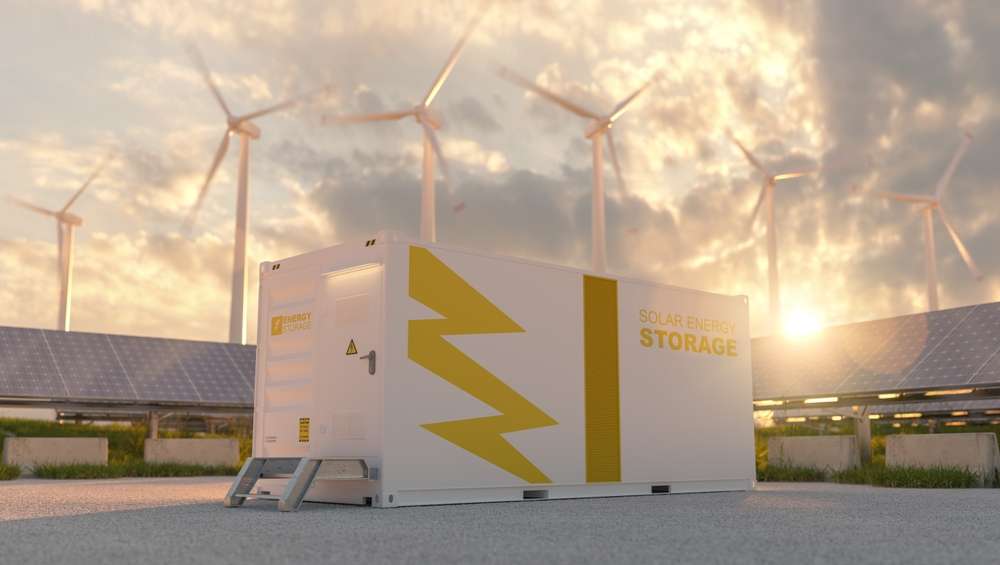The Rise of Solar Batteries: How Energy Storage is Transforming Australian Homes
Solar batteries are revolutionizing the way Australians power their homes, offering a solution to rising energy costs and environmental concerns. As electricity prices continue to climb and grid reliability becomes increasingly uncertain, more households are turning to energy storage systems to maximize their solar investments. These innovative devices capture excess solar energy produced during daylight hours for use during peak evening periods or cloudy days, providing energy independence and financial benefits for homeowners across the country.

Why Australian Households Show Growing Interest in Home Batteries
The interest in home batteries has surged significantly across Australian suburbs and rural areas alike. This trend is primarily driven by the country’s high electricity rates and abundant sunshine, creating perfect conditions for solar energy adoption. Homeowners are increasingly frustrated with feeding excess solar power back to the grid at minimal feed-in tariffs, only to purchase that same energy at premium rates during peak hours. Home batteries solve this problem by storing self-generated electricity, allowing households to use their own power when they need it most.
Furthermore, concerns about grid stability and blackouts have pushed many Australians to seek energy security through battery storage. After experiencing weather-related outages and network failures, families are prioritizing resilience and self-sufficiency, viewing battery systems as essential infrastructure rather than optional luxuries.
Solar Energy Storage is Becoming Increasingly Popular
The popularity of solar energy storage has grown exponentially in recent years, with installations increasing by over 20% annually in many Australian states. This growth can be attributed to several factors, including significant price reductions for battery technology, improved performance specifications, and expanding government incentive programs at both state and federal levels.
Battery technology itself has evolved substantially, with lithium-ion systems now offering greater capacity, longer lifecycles, and improved safety features. The introduction of virtual power plant (VPP) programs has further enhanced the appeal, allowing battery owners to participate in energy trading networks and receive additional income from their systems.
Consumer awareness has also improved dramatically, with homeowners now better informed about the potential return on investment and environmental benefits of pairing solar panels with battery storage. Many users report satisfaction not just from financial savings, but from the knowledge that they’re reducing their carbon footprint and contributing to a sustainable energy future.
New Solutions for Energy Management in the Home
Today’s solar batteries represent just one component of comprehensive home energy management solutions. Modern systems feature sophisticated software that optimizes energy flows throughout the home, intelligently deciding when to store, use, or export power based on household habits, electricity rates, and weather forecasts.
Smart home integration allows users to monitor and control their energy usage remotely via smartphone apps. These applications provide real-time data on energy production, consumption patterns, and potential savings. Some systems even incorporate artificial intelligence that learns household routines to maximize efficiency and minimize costs.
Battery systems now commonly include backup functionality that automatically activates during grid outages. This feature provides critical power to essential circuits like refrigeration, lighting, and communications during emergencies—a capability increasingly valued by homeowners in bushfire-prone or storm-affected regions.
Economic Benefits and Return on Investment
The financial case for solar batteries continues to strengthen as technology costs decline and electricity rates rise. While initial investment remains substantial, the payback period has shortened considerably for many Australian households, especially those with high energy consumption patterns or those in areas with favorable incentive programs.
Solar batteries deliver economic benefits through multiple mechanisms: reducing purchased electricity during peak pricing periods, maximizing self-consumption of solar energy, participating in grid services through virtual power plants, and in some cases, providing complete protection from future electricity price increases.
Current Market Options and System Comparisons
The Australian market now features numerous solar battery options suited to different household needs and budgets. Homeowners can choose from all-in-one integrated systems or modular solutions that allow for capacity expansion over time.
| Battery System | Capacity Range | Key Features | Warranty | Typical Price Range |
|---|---|---|---|---|
| Tesla Powerwall | 13.5 kWh | Backup power capability, app integration, weather-resistant | 10 years | $12,000-$15,500 installed |
| LG Chem RESU | 6.5-16 kWh | Modular design, compact size, high efficiency | 10 years | $7,000-$17,000 installed |
| Sonnen eco | 5-15 kWh | Smart energy management, long cycle life, VPP capability | 10,000 cycles/10 years | $11,000-$23,000 installed |
| BYD Battery-Box | 5.1-22.1 kWh | Scalable capacity, cobalt-free chemistry, indoor/outdoor | 10 years | $6,500-$20,000 installed |
| Enphase IQ | 3.5-10.5 kWh | Modular microinverter system, high safety rating | 10 years | $6,000-$18,000 installed |
Prices, rates, or cost estimates mentioned in this article are based on the latest available information but may change over time. Independent research is advised before making financial decisions.
Future Trends in Home Energy Storage
As we look toward the future, several emerging trends are likely to further accelerate adoption of home battery systems. Battery chemistry innovations promise to deliver greater energy density, longer lifecycles, and reduced environmental impacts. Manufacturers are also working to incorporate recycled materials and develop more sustainable production methods.
Integration with electric vehicles represents another significant development, with bidirectional charging allowing EV batteries to function as supplementary home energy storage. This technology effectively allows homeowners to use their vehicle’s battery capacity to power their homes during peak periods or emergencies.
The regulatory landscape continues to evolve as well, with energy market reforms gradually recognizing the value of distributed storage and creating mechanisms for homeowners to be compensated for grid services provided by their batteries. As these changes progress, the financial case for home battery adoption will likely become even more compelling for Australian households seeking energy independence and sustainability.




